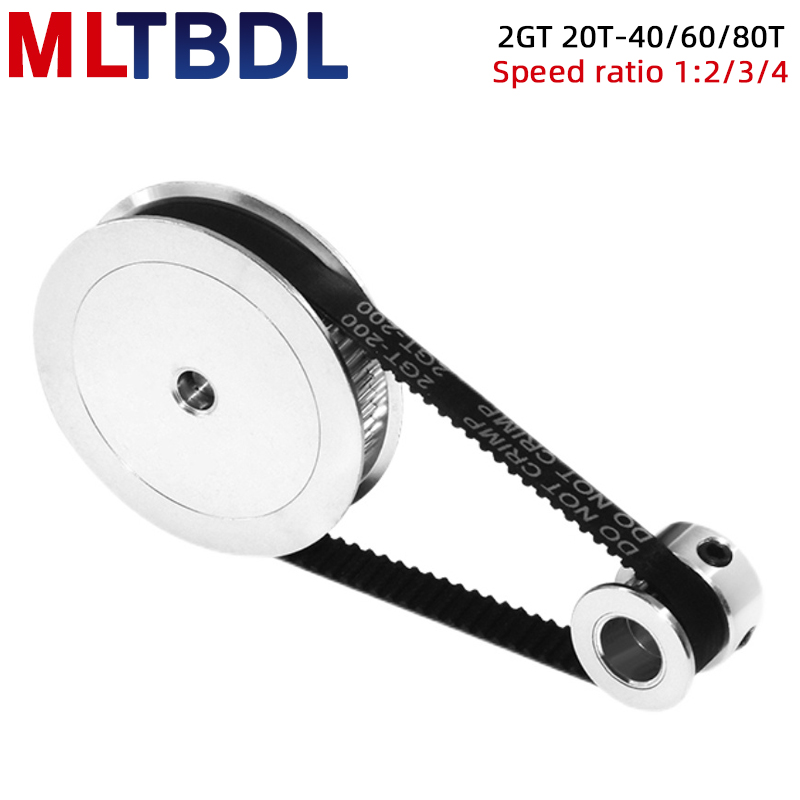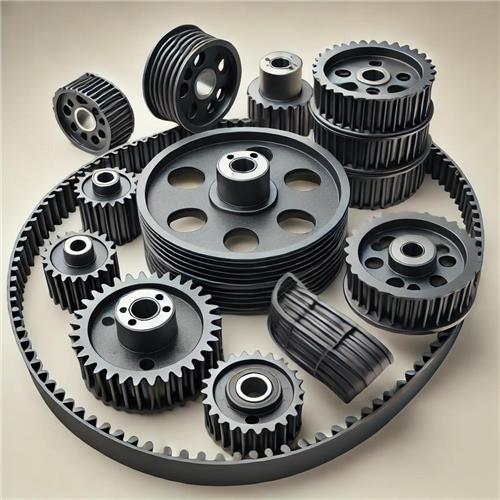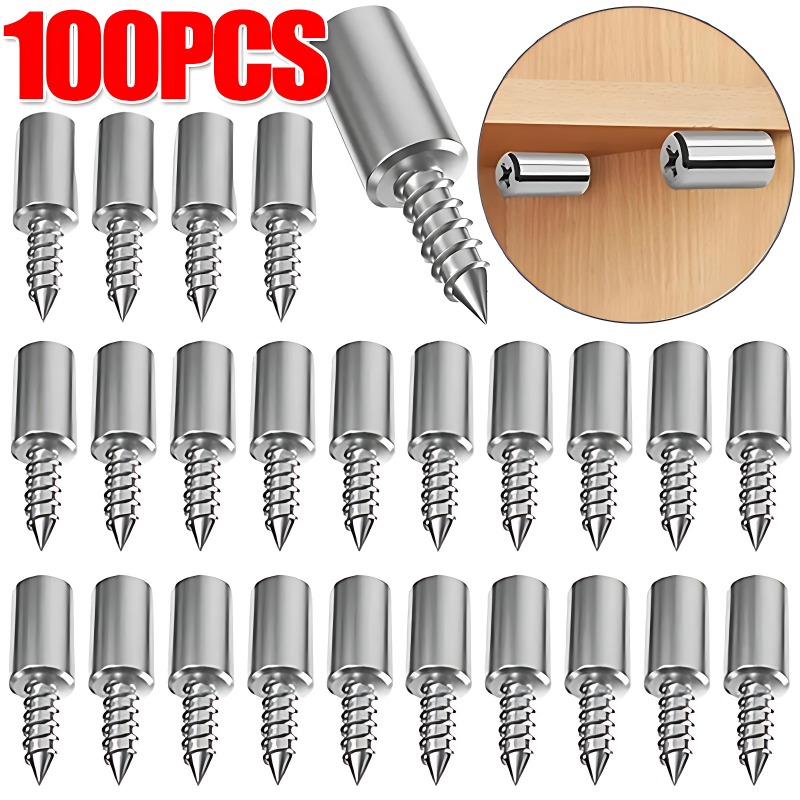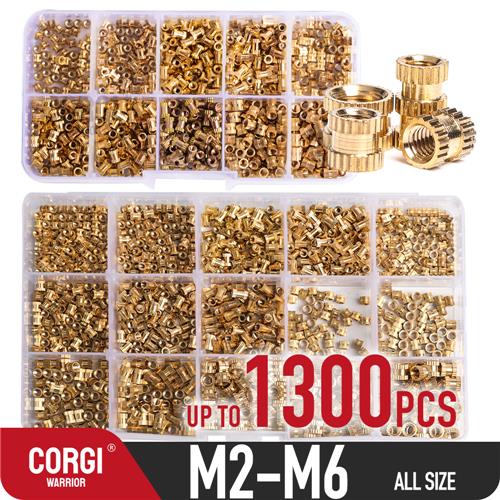GT2 Timing Belt Pulley Guide: 20 to 80 Teeth, 3D Printer Gear Ratios Explained
Hello makers and DIY enthusiasts! 👋
Have you ever been puzzled by all the different GT2 timing pulleys available online—20 teeth, 40 teeth, 60T, even 80T? 🤯
You’re not alone! In this guide, we’ll break down everything you need to know about GT2 pulleys, bore sizes like 5mm and 8mm, reduction ratios from 1:2 to 1:4, and belt widths that work best with 6mm options.
Whether you’re building a custom 3D printer or optimizing your CNC setup, this blog post is your go-to resource. Let’s get started!
GT2 Pulley Specifications 📐
GT2 pulleys are designed specifically for 2mm pitch belts, most commonly used in 3D printers, CNC machines, and robotics.
The number of teeth directly influences the gear ratio, torque, and speed of your system. Here’s a breakdown of key specs:
| Pulley Type | No. of Teeth | Bore Size | Recommended Belt Width | Common Use |
|---|---|---|---|---|
| GT2-20T | 20 | 5mm / 8mm | 6mm | X/Y Axis Motors |
| GT2-40T | 40 | 5mm / 8mm | 6mm | Medium Reduction Setups |
| GT2-60T | 60 | 8mm | 6mm | High Torque Builds |
| GT2-80T | 80 | 8mm | 6mm | Extreme Reduction, CNC |
Tip: Always match your pulley’s bore size to your motor shaft to avoid slippage!
Gear Ratio & Performance Insights ⚙️
Choosing the right pulley size isn’t just about compatibility—it directly affects your machine’s speed and torque!
Let’s explore what happens when you mix and match pulley sizes in different ratios:
| Driving Pulley | Driven Pulley | Reduction Ratio | Effect |
|---|---|---|---|
| 20T | 40T | 1:2 | Half the speed, double the torque |
| 20T | 60T | 1:3 | Slower, stronger for Z-axis lifts |
| 20T | 80T | 1:4 | Maximum torque, minimal speed |
These ratios are especially useful when you’re building high-precision machines that require slow but powerful movement.
Best Use Cases & User Types 👥
Still unsure if GT2 pulleys are right for you? Let’s break it down into who should use what:
- ✅ Beginners & Hobbyists: Start with 20T pulleys for direct motor drives.
- ✅ Intermediate Builders: Upgrade to 40T or 60T for smoother motion and more control.
- ✅ Advanced Makers & CNC users: Go for 80T in a reduction setup for precision-heavy applications.
- ✅ 3D Printing Professionals: Mix pulley sizes to optimize for speed or quality depending on the axis.
Bonus: GT2 belts are low-backlash, making them ideal for 3D printing without layer shifting.

Comparison Between 20T, 40T, 60T & 80T 🆚
Let’s see how these pulleys stack up against each other when it comes to space, performance, and applications:
| Teeth | Torque Output | Speed | Size | Use Case |
|---|---|---|---|---|
| 20T | Low | Fast | Compact | Standard 3D Printing |
| 40T | Medium | Moderate | Medium | Balanced Builds |
| 60T | High | Slower | Large | Z-axis or CNC |
| 80T | Very High | Slowest | Very Large | High Torque Machines |
Choose wisely! The pulley size can make or break your machine’s performance depending on your project goals.
Buying Tips & Installation Advice 💡
When purchasing GT2 pulleys, it’s important to consider compatibility and installation ease. Here’s what you need to know:
- 🛠️ Check your motor shaft diameter (5mm or 8mm are most common).
- 🛠️ Choose the right belt width (6mm is standard for most setups).
- 🛠️ Verify that the number of teeth fits your desired reduction ratio.
- 🛠️ Look for pulleys with set screws for secure mounting.
- 🛠️ Use a caliper to measure shaft length—pulleys should not overhang too much.
Pro Tip: Always buy an extra pulley or two—mistakes happen, and having a spare can save your build!
FAQ: GT2 Pulleys Common Questions ❓
What does “GT2” mean?
GT2 stands for “Gates Tooth 2mm pitch”—ideal for precision timing applications like 3D printing.
Can I use a 6mm belt with all pulley sizes?
Yes, as long as the pulley supports 6mm width—check the specs before buying.
Which bore size should I choose?
Match the bore (5mm or 8mm) to your motor shaft for the best fit.
Are more teeth always better?
Not necessarily—more teeth increase torque but reduce speed. Choose based on your project’s goal.
Can I mix different pulleys in one system?
Absolutely! That’s how gear reductions work—just make sure the belt length matches.
Do GT2 pulleys work with T2.5 belts?
No. GT2 and T2.5 have different profiles—mixing them can cause slipping.
Final Thoughts 🙌
Whether you’re printing your first calibration cube or building a high-end CNC, understanding GT2 pulleys is a game changer.
With the right combination of teeth count, bore size, and reduction ratio, you can optimize your system for both power and precision.
Don’t forget to share your setup or ask any questions in the comments below! We love hearing from fellow makers! 🛠️✨




